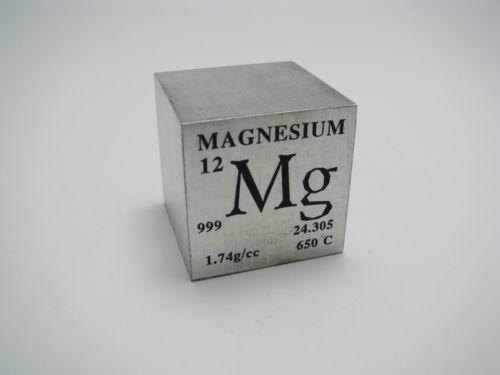Magnesium is the metal of the future and Iran has the potential to be a major global player in its unfolding.
The mineral has unique characteristics: It has the lowest density of all the metal elements, making it the lightest among them. At the same time, it is superbly resilient and yet easily manipulated by machine tooling. Magnesium is similar to its sister metal, aluminum, but is 34% and 70% lighter than both aluminum and steel, making it a solution of choice for lightweight materials required in the transportation industry.
According to a report published on the Research and Markets website, the global magnesium market is expected to grow at a compound annual growth rate of 5.73% by volume during 2016-20.
To calculate the market size, the report considers the revenue generated through sales of magnesium for applications such as aluminum alloys, die casting, titanium refining, steel desulfurization and nodular cast iron.
The global steel sections market is growing on the back of the demand coming from the power industry. Upgrading power distribution lines is the major factor driving the market.
Also, the development of magnesium metal with a dense uniform dispersion of silicon carbide nanoparticles could have a significant long-term impact on demand, as could magnesium-ion rechargeable batteries that have twice the capacity and energy density of lithium ion batteries.
Also, auto producers around the world, such as Fiat, are turning to magnesium as the latest trick in the auto industry’s design tool kit to reduce the weight of vehicles and boost fuel economic in the face of rising emissions standards.
Untapped Potential
Royal Metal Ingot Company, the only producer of magnesium ingot in Iran, was founded in late 2014. It is located in the city of Ferdows, South Khorasan Province.
The plant has an annual production capacity of 6,000 tons, extracting magnesium from dolomite ore using the Pidgeon process. Close to 40% of its capacity have so far been realized and it is set to reach its full capacity by September 2017.
At its full capacity, the company can not only meet domestic demand but also embark on exports to enter the lucrative international market.
According to Alireza Sadeqi, technical advisor of the company, the plant uses an indigenous version of the Pidgeon process for magnesium production, which entails using silicon as a reducing agent at high temperature to cause an exothermic chemical reaction.
The Pidgeon process uses less energy compared to the electrolytic processes and is also technologically less complicated, making it easier to achieve using domestic machinery.
Furthermore, the method’s required distillation and vapor disposition conditions enable it to produce a higher-purity product.
Sadeqi believes that developing the magnesium sector has four advantages compared to steel and aluminum development.
The first advantage is that magnesium production requires no water. This is while Iranian steel mills presently consume over 169 million cubic meters of water per year.
Steelmakers also plan to expand their output as per the goals set in the 20-Year Vision Plan (2005-25) to 55 million tons. Huge investments are required to provide all mills with adequate water resources. It’s noteworthy that many of Iran’s major steelmakers and even most of the proposed plant construction projects are located in central Iran, away from any major source of water.
Sadeqi said the next advantage is magnesium plant’s modular nature, meaning that production capacity can be modified as needed by adding or removing machinery and equipment from the production line.
This will reduce the required raw material feedstock and maintain profitability even in low quantities. This is in stark contrast to other mineral production processes. For instance, steel and aluminum output is not economically justified under 800,000 and 350,000 tons respectively per year.
Furthermore, magnesium manufacture utilizes liquefied natural gas, which is one of Iran’s most abundant sources of energy–18.2% of world reserves–and cheapest in the region.
According to Sadeqi, establishing a magnesium plant can create many jobs.
“With only 40% of the plant’s capacity currently active, more than 120 employment opportunities have been created,” he concluded.


